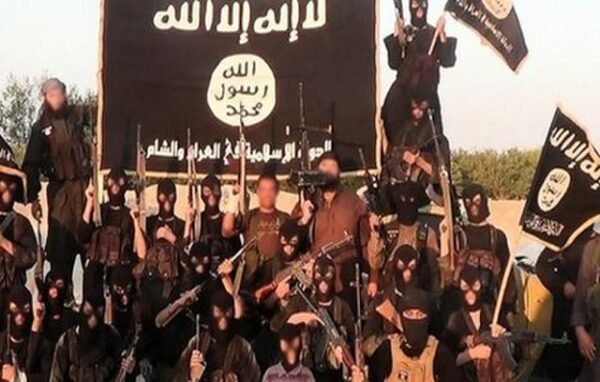
[https://x.com/bennyheis/status/1920543417857114417]
In a carefully planned cross-border operation, Indian armed forces have killed Abdul Rauf Azhar, a senior commander of the Pakistan-based militant group Jaish-e-Mohammed (JeM), who was long implicated in the 2002 abduction and murder of American journalist Daniel Pearl. The strike, part of a broader military campaign known as Operation Sindoor, targeted terror infrastructure across Pakistan’s Punjab province and marks a significant escalation in India’s counterterrorism posture.
Daniel Pearl, The Wall Street Journal’s South Asia bureau chief, had relocated from New Delhi to Karachi in the tense months following the September 11 attacks, determined to trace the murky nexus between Islamist extremism and global terror networks.
On January 23, 2002, while pursuing a lead in Karachi, Pearl was kidnapped by a militant group calling itself the National Movement for the Restoration of Pakistani Sovereignty. His captors accused him—falsely—of being a Mossad agent and issued a list of demands to the U.S. government, using his abduction as leverage in their propaganda war.
Azhar, the younger brother of JeM founder Masood Azhar, had been a fixture on international watchlists for more than two decades, according to a report by The Jerusalem Post. Indian officials described the operation as a direct response to the recent attack in Pahalgam, in which 26 civilians were killed, and characterized the strike as both precise and proportionate. The mission reportedly destroyed key JeM and Lashkar-e-Taiba compounds and resulted in the deaths of several senior operatives, including members of Azhar’s inner circle.
Indian defense officials confirmed Azhar’s death on Thursday but offered few details about the strike’s logistics. What is clear, however, is the symbolic weight of the operation. Azhar played a supporting role in the 1999 hijacking of Indian Airlines Flight IC-814, which ultimately secured the release of Omar Saeed Sheikh—the man later convicted in Pakistan for orchestrating Pearl’s kidnapping and execution. Pearl, the South Asia bureau chief for The Wall Street Journal, was investigating ties between Pakistani militant groups and al-Qaeda when he was abducted in Karachi. His murder, filmed and circulated by his captors, became an early and brutal emblem of the global terror threat.
The Indian government emphasized that the operation was narrowly focused on non-state actors and carefully calibrated to avoid direct confrontation with Pakistan’s military. Yet the implications are considerable. Cross-border strikes of this kind remain politically fraught, particularly between two nuclear-armed neighbors with a long history of conflict and mutual distrust.
In Islamabad, officials swiftly condemned the strike as a violation of Pakistani sovereignty. The Foreign Ministry accused India of “reckless aggression” and warned of consequences if such actions continue. Indian officials, by contrast, portrayed the operation as an assertion of the country’s right to self-defense and urged the international community to confront what they describe as Pakistan’s longstanding role as a sanctuary for militant groups.
The elimination of Azhar is unlikely to dismantle JeM’s networks entirely. But his death carries both operational and symbolic significance. Indian analysts described the strike as a warning shot—not only to Pakistan, but to other regional actors seen as complicit in harboring extremist elements. And for the family of Daniel Pearl, whose foundation has spent two decades promoting cross-cultural dialogue and press freedom, the news offered a measure of accountability that has long been elusive.
India’s actions reflect a broader strategic shift: an increasing willingness to project force beyond its borders in pursuit of security objectives. Whether that posture leads to deterrence—or escalation—may depend less on the tactical success of operations like this one than on how the region’s fragile political architecture absorbs the shock.











